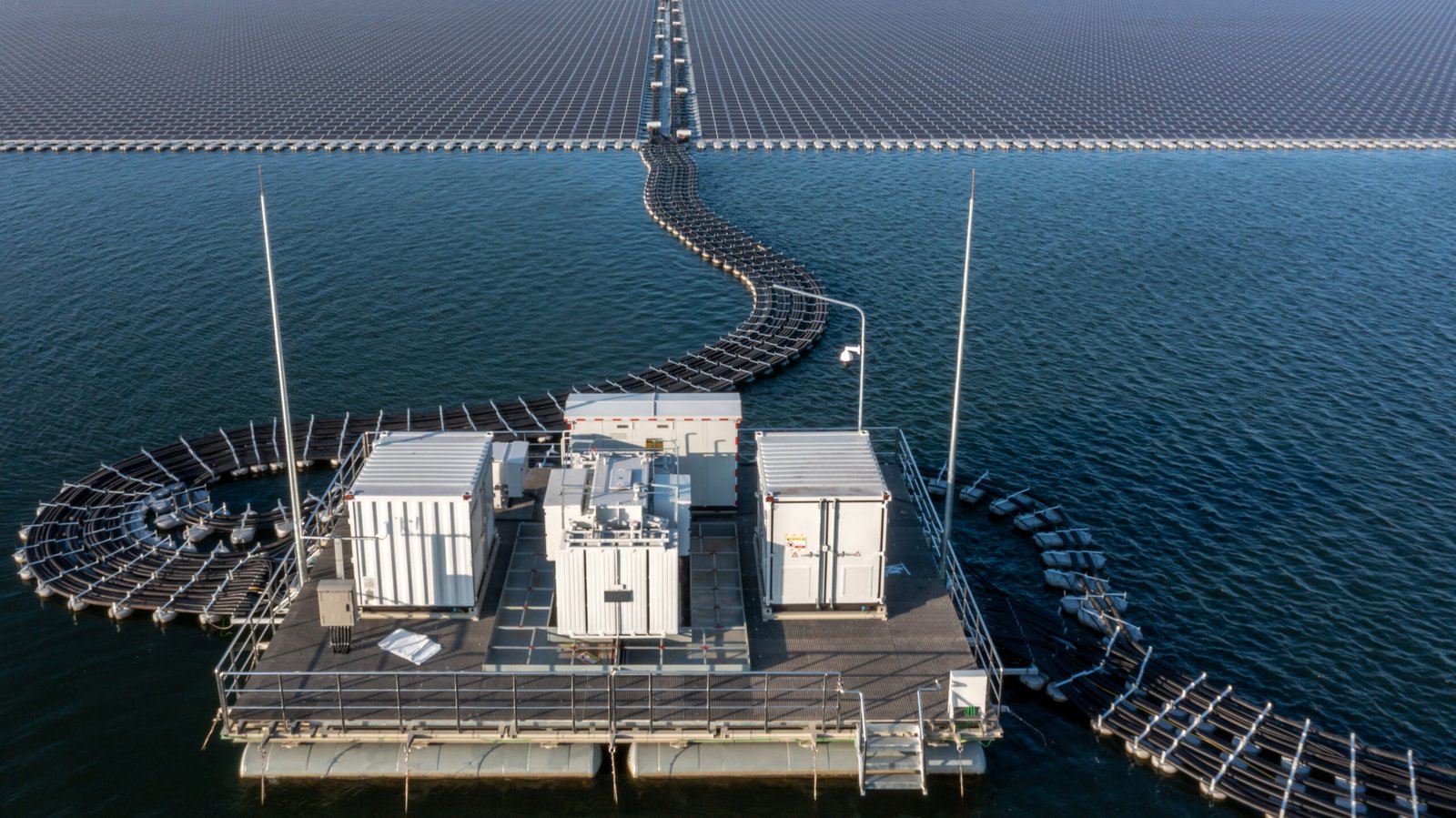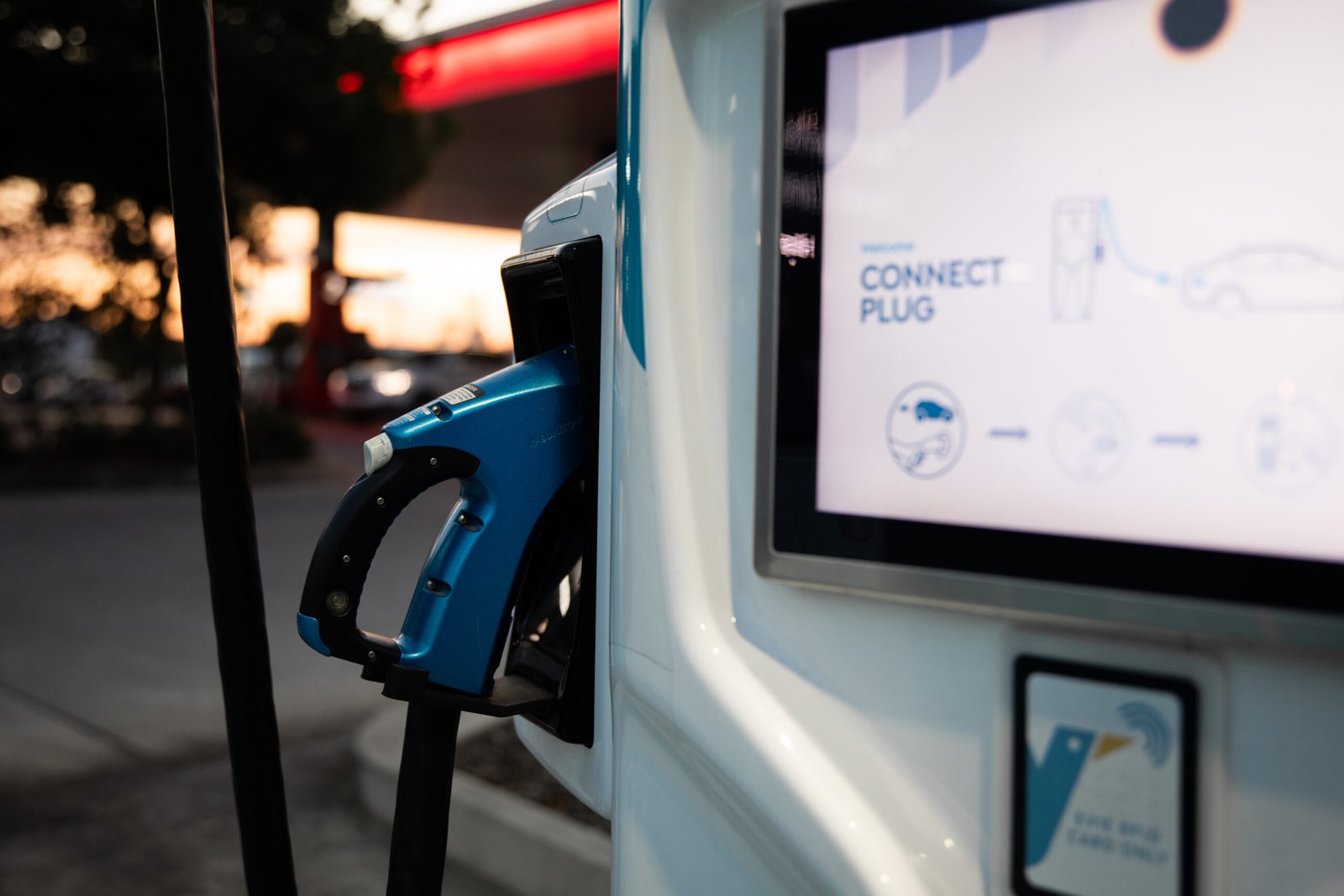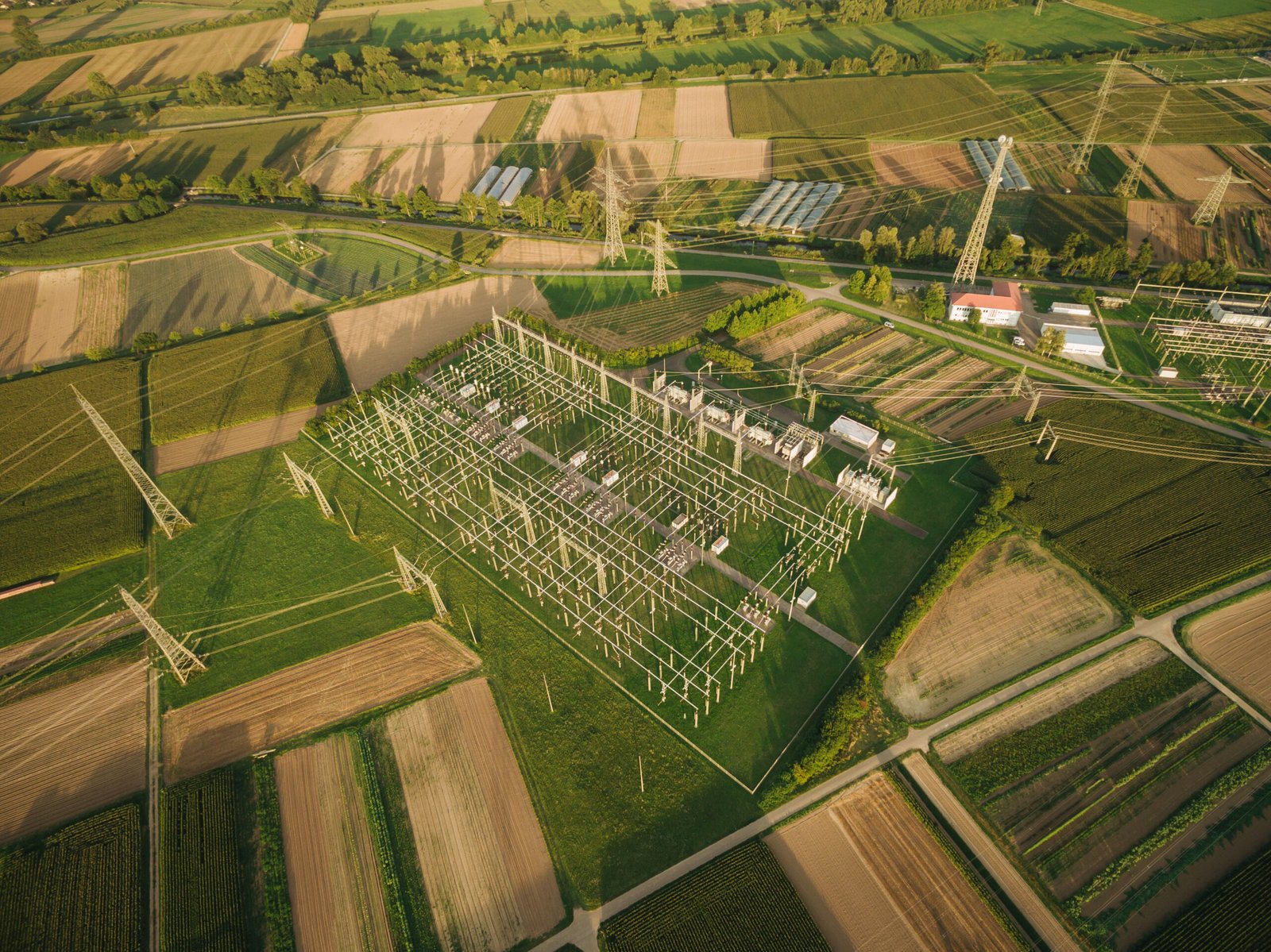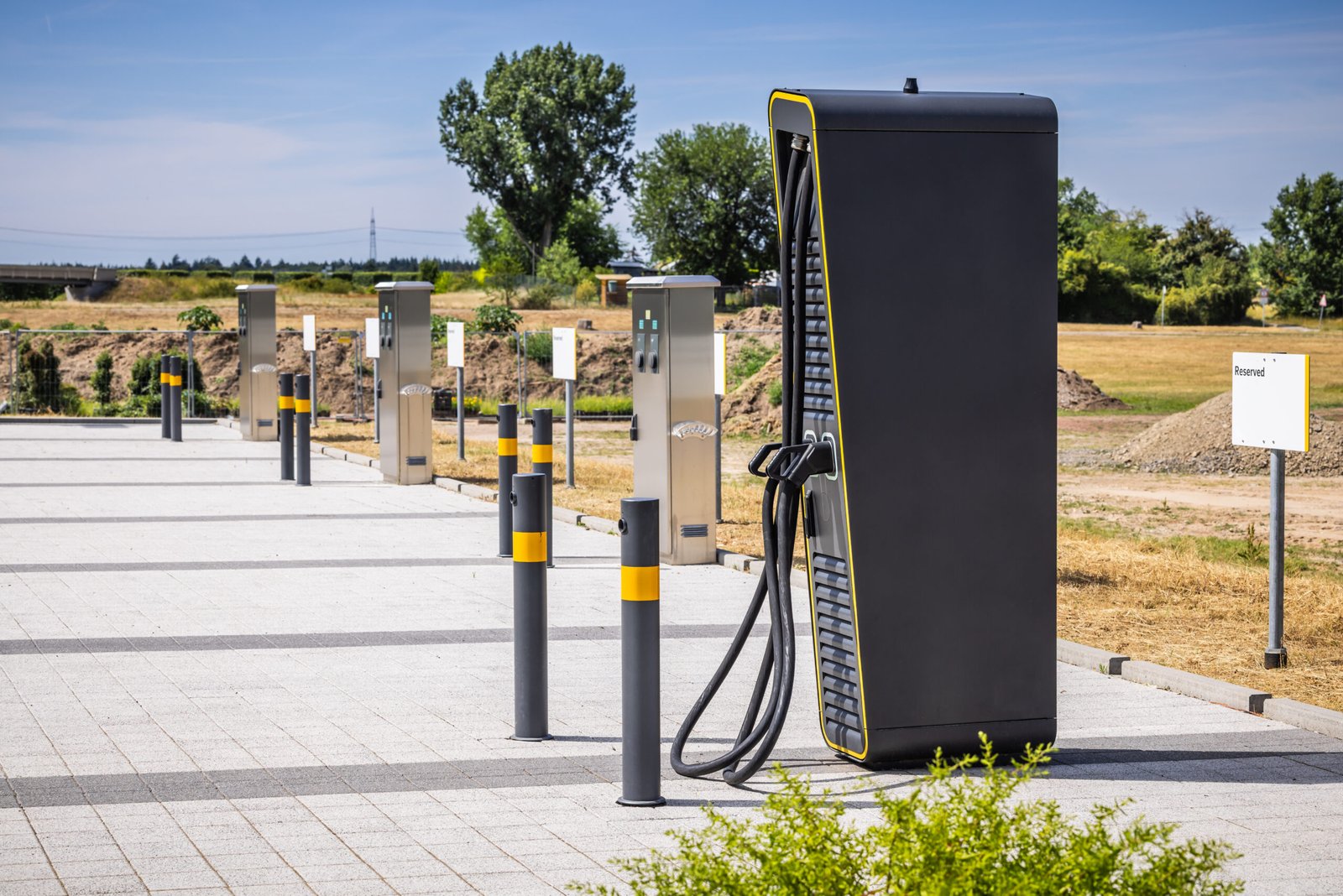DOE Launches “Speed to Power” to Boost U.S. Grid Capacity
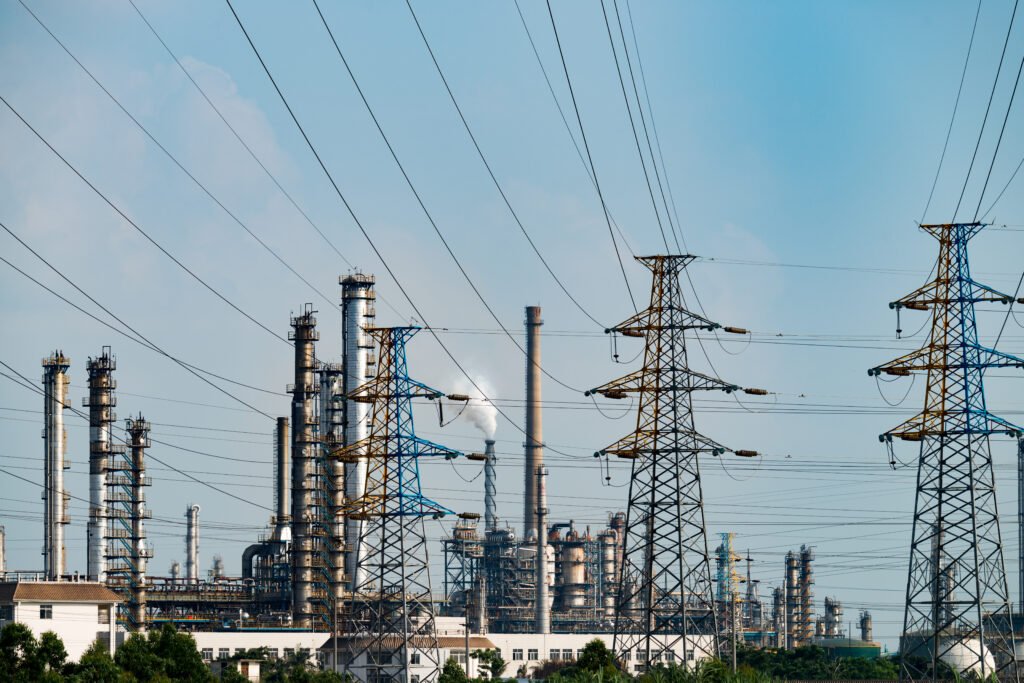
On September 18, 2025, the U.S. Department of Energy (DOE) unveiled its “Speed to Power” initiative, designed to speed up the development of large transmission, generation, and grid infrastructure projects. The move is intended to ensure the U.S. has enough power to support the surging electricity demand, especially from AI/ data centers, and industrial centers.
According to the DOE analysis, current project timelines will not be able to meet the rapid growth in manufacturing, reindustrialization, and digital infrastructure. The DOE issued a Request for Information (RFI) inviting state energy officers, transmission developers, grid operators, utilities and large users to participate. The purpose is to seek specific large-scale projects with details in aspects such as readiness, site constraints, load growth, and how federal tools can function to accelerate deployment with deadline on November 21, 2025.
Project Scale, Priorities & Tools
Speed to Power is focusing on multi gigawatt efforts; projects that unlock 3 to 20 gigawatts of additional load capacity. The initiative particularly targets:
- New interregional transmission lines of 1,000 MVA or more
- Reconductoring or updating existing lines to at least 500 MVA
- Restarting retired thermal generation plants
- Building new generation assets or aggregated portfolios (including clean power)
The DOE has existing programs that can be utilized to catalyze progress:
- The Transmission Facilitation Program (TFP)
- Grid Resilience and Innovation Partnerships (GRIP)
- Loan Programs Office (LPO) provides loans and loan guarantees
Additionally, DOE will offer technical assistance such as modeling, analytical support, and permitting advice from its national labs and internal expertise. All these programs plan to bridge financing or technical gaps.
Challenges, Stakes & Reactions
The initiative builds on DOE’s recent Report on Evaluating U.S. Grid Reliability and Security, warning that without sufficient replacement capacity, blackouts could rise dramatically by 2030. Speed to Power is also tied to executive directives, including the National Energy Emergency, mandates on energy dominance and AI leadership, to prioritize grid resilience and expansion.
While the plan has drawn praise for addressing infrastructure bottlenecks, critics urge that all energy resources (renewables, storage, nuclear, fossil) must be part of the solution, not just fossil or grid scale options. Some commentators also note tension between fast build timelines and regulatory or permitting hurdles.
For Project Developers and Utilities, Now is the Moment
The DOE wants specific information on shovel-ready projects, and how the DOE can help with permitting, technical assistance, and Federal funding. It is also interested in targeting areas where transmission, generation, or grid infrastructure can speed economic activity. This could be a turning point in aligning national power strategy with digital, industrial, and climate goals.
